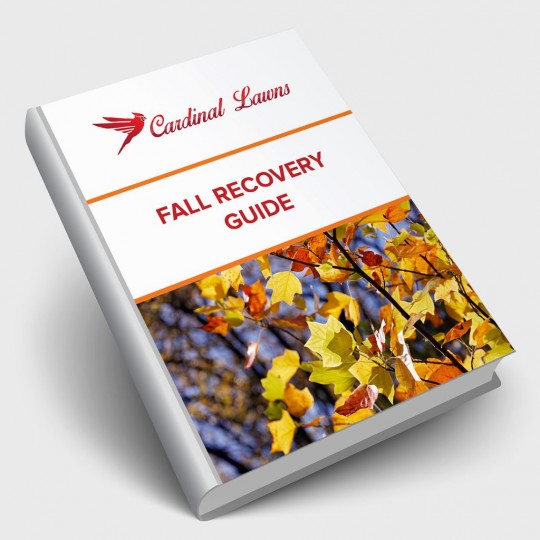8 Healthy Lawn Tips
Start Planning for Spring
Posted
February 24, 2022

Spring is right around the corner (no matter what that groundhog saw). This means your grass is getting ready to wake up from its winter dormancy! While you may not be mowing just yet, it’s never too early to prepare. Here are eight healthy lawn tips to get you started.
Healthy Lawn Tips
The secret to a lush lawn is…maintenance. It doesn’t have to be hard, but it should be regular to keep your yard looking great all year. From weeding to feeding, there’s a lot you should keep in mind. To make it easier, spend these last weeks of dormancy making a plan for helping your lawn stay healthy.
- Prepare tools. Before you even think of firing up the lawnmower, make sure it’s ready. Clean and sharpen the blades so you get clean cuts the first time you mow. Dull blades may tear the grass, leading to more issues later on.
- Mow high. Once your lawn starts growing again, let it get long before you mow. Longer blades make for deeper roots that can withstand drought and disease easier. Mow at the highest height for your type of grass, and don’t cut more than one-third of the height at one time. Keep the cuttings on the lawn to help act as a natural fertilizer.
- Aerating. If you didn’t already aerate in the fall, consider going over your grass in the spring. Aerating helps break up soil compaction and lets your lawn breathe. This will be especially helpful in absorbing fertilizer and water to regain its lushness and vitality.
- Weed. Even though your grass has been dormant for a while now, weeds may still be wild. Clear out your lawn and garden of pesky grass weeds. They may be easier to pick out now if they’re taller than your tired grass. Consider keeping any flowering weeds you see, like dandelions and clover, since this is what bees will likely feed on early in the spring.
- Feed. Apply fertilizer only once it can be absorbed by the soil. If you apply while the ground is still frozen, it will most likely wash away in the next rainstorm.
- Seed. Fill in any bare spots on your lawn with grass seed. These spots are more prone to weeds and pests, so it’s best to fill them in as soon as possible.
- Disease prevention. While your grass may still look rough right now, keep an eye on it for other signs of disease. If it doesn’t bounce back in the spring, and you still notice brown spots or dry areas you may need to look into specific lawn treatments to tackle the disease.
- Watering. Check the dryness level of your soil. If it’s bone dry a few inches down it will need deep watering to revitalize the roots. Deeply watering it when it’s dry is better than quick, frequent showers. If you have an irrigation system, check to ensure it’s still in working order after the winter break.
A Little Goes a Long Way
While this list may look daunting, you don’t have to do it all at once. In fact, your lawn will benefit more if you take your time and maintain it regularly throughout the year. There’s a proper time to mow, aerate, fertilize, and water. How you handle the process determines how effective the results will be. Contact Cardinal Lawns to discuss the right timeline, products, and process for maintaining your lawn to make the most of your efforts.

Download Your FREE Fall Recovery Guide
Summer’s extreme conditions can take a toll on your grass and its health. Take some time to learn how to bring your lawn back to life. This handy guide teaches you what needs to be done for a full fall recovery.